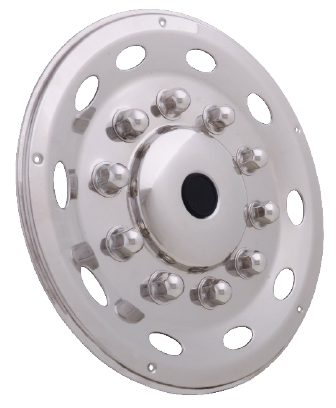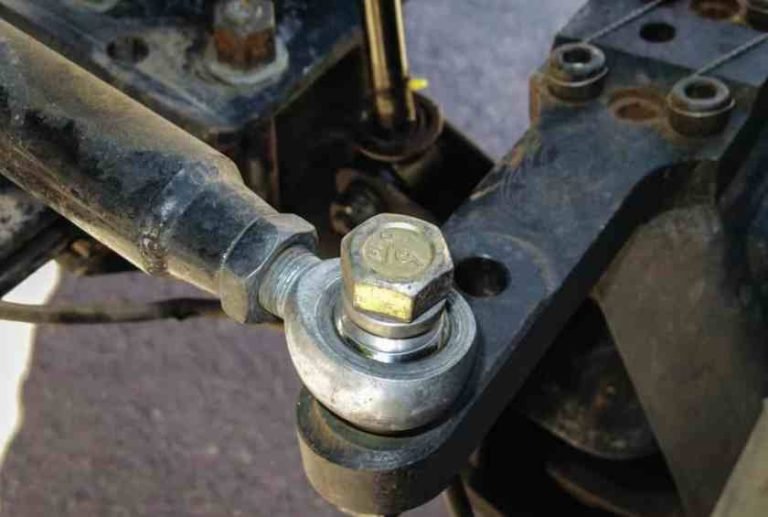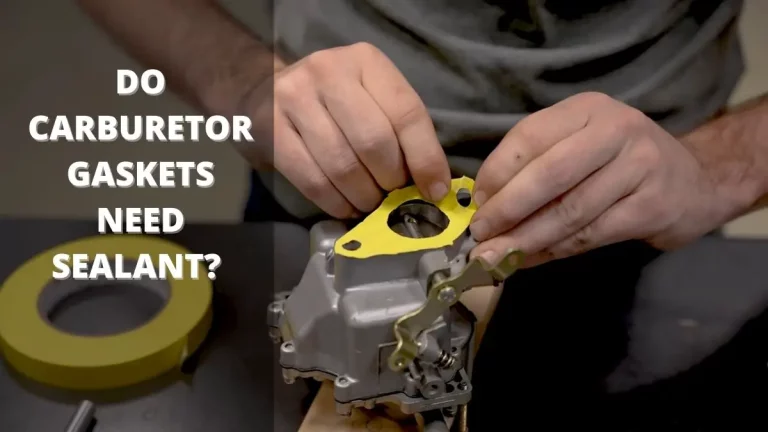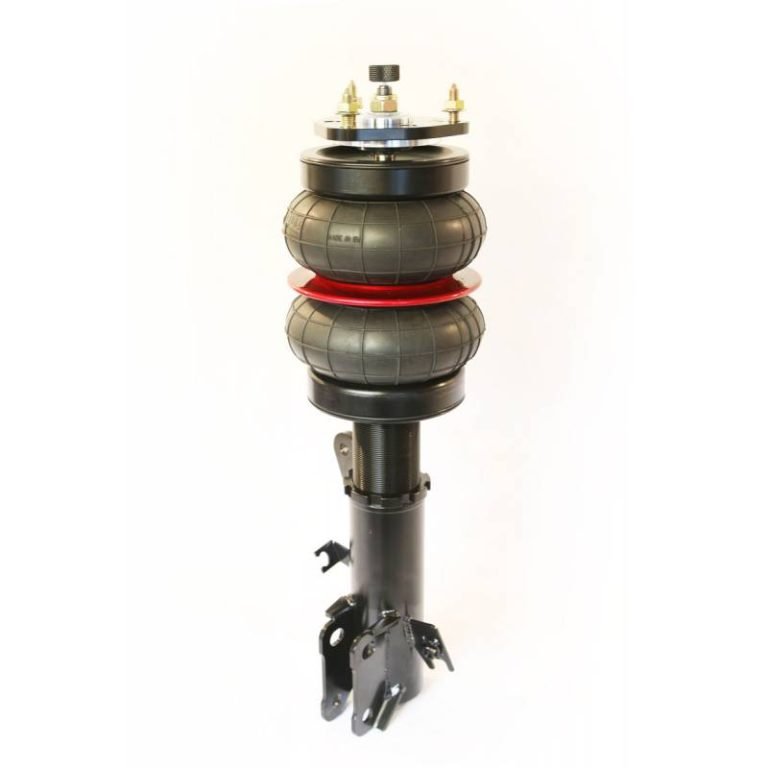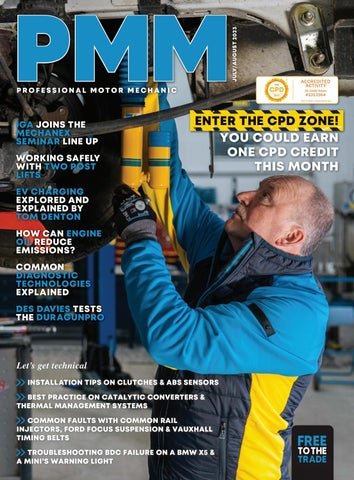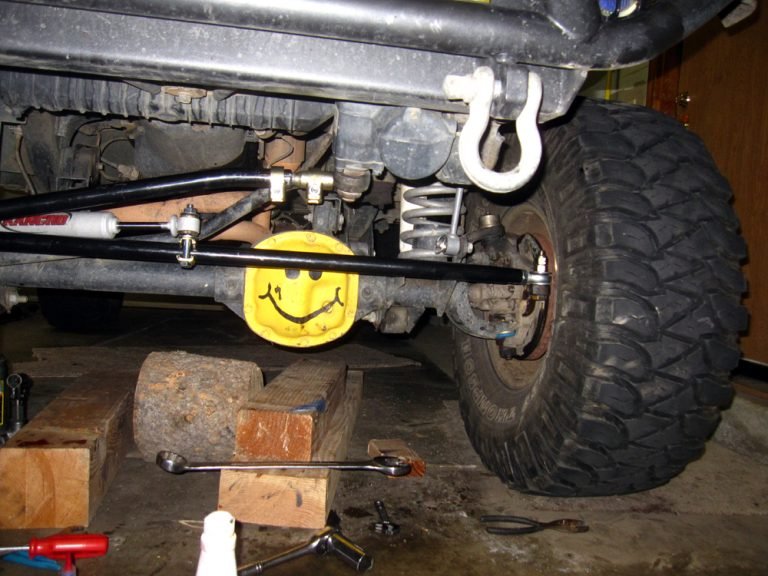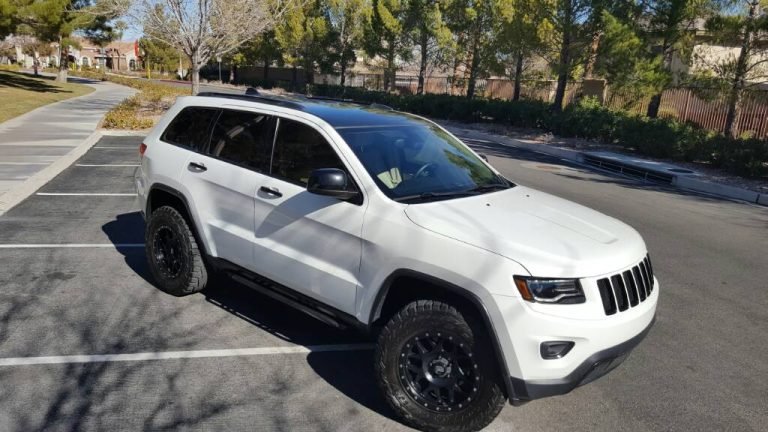Jeep Dtc C2212-00
Once the check engine light illuminates on your Jeep, and you run a diagnostics check, code C2212-00 could appear. Such a scenario indicates that your vehicle has detected an issue with its Battery disconnect circuit. Necessarily, the disconnect circuit in the battery makes sure that the battery does not drain off when the car is switched off. Therefore, if you see this Diagnostic Trouble Code (DTC) on your diagnostics tool’s display, it is likely a signal that your jeep’s battery or associated wiring may need some attention. And the good news is, you can handle many instances of this issue if you have some basic car repair knowledge.
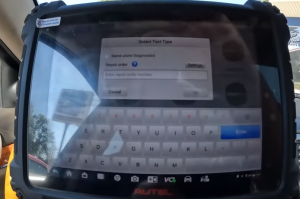
Understanding DTC C2212-00 issue
The jeep dtc c2212-00 warning often pops when there’s a hitch somewhere between the battery and the battery disconnect module. This module oversees the operation of the vehicle’s electrical system and ensures that the battery separately completes crucial tasks yet doesn’t lose its charge when the jeep is off.
The issue resulting in a c2212-00 code could be anything from a simple battery drain to a more complex electrical system malfunction. Your jeep’s inability to initiate may be one of the first signs indicating a C2212-00 DTC, often due to the insufficient startup power. In some cases, the problem may result to a lit check engine light even if the car starts up fine, which could signify a failing battery unable to keep up with the vehicle’s power requirements.
Diagnosing and Fixing DTC C2212-00
If you have some experience in diagnosing and fixing car problems, you may do so with the right tools, one of which is an OBDII scanner. This device retrieves codes that trigger the check engine light, helping you understand the issue. Once you have confirmed that the DTC C2212-00 is causing the problem, the next thing is to find a solution. Here’s a step-by-step guide on how to do it:
1. Inspect the Battery: Before anything else, look at the battery’s physical condition. A leaking, corroded, or swollen battery could be the problem. If this is the case, a new battery will inevitably solve the C2212-00 issue.
2. Check the Battery’s Charge: If the battery appears physically okay, check if it’s holding charge. You may require a multimeter for this. A properly functioning battery should register around 12.6 volts when the jeep is off.
3. Test the Alternator: Your alternator powers up the battery when the vehicle is running. If it’s faulty, then the battery will drain rapidly, resulting in a C2212-00 DTC. Test this component to confirm that it’s not the problem.
4. Examine the Battery Cables and Clamps: Any loose, frayed, or corroded cables and clamps can interfere with the power transfer from the battery, leading to a C2212-00 code.
5. Consult a Professional: If you’ve done all the steps and the problem persists, you may want to reach out to a professional mechanic. Sometimes, the issue could be more complicated than it seems, requiring a professional hand.
Frequently Asked Questions
Q. Can I ignore the DTC C2212-00 code?
While the car may still operate even with the jeep DTC C2212-00, ignoring it may lead to more significant problems down the line. You may experience poor fuel efficiency, damage to the vehicle’s electrical system, or a car that won’t start at all if the problem isn’t addressed on time.
Q. Can the C2212-00 problem fix itself?
No, the chances of a C2212-00 code fixing itself are slim. The light might go away for a bit, but it’ll likely return if the underlying problem is not solved.
Q. Will changing the battery fix a C2212-00 DTC?
If the problem is with your battery – it’s old, not holding a charge, corroded, etc., replacing it may indeed solve the C2212-00 DTC.
Final Thoughts
Though it might seem daunting to confront a DTC such as the C2212-00, with a little patience and the proper tools, you can locate the problem and sometimes fix it. Do not ignore this DTC; even if the car runs fine, it’s an indication that something is not right and needs your attention. Thankfully, by following the steps provided above, you can quickly diagnose and possibly fix the problem, saving yourself a trip to the mechanic and some bucks. But if you’re unsure, don’t hesitate to consult a professional. Your car’s longevity and safety should always be a top priority!

